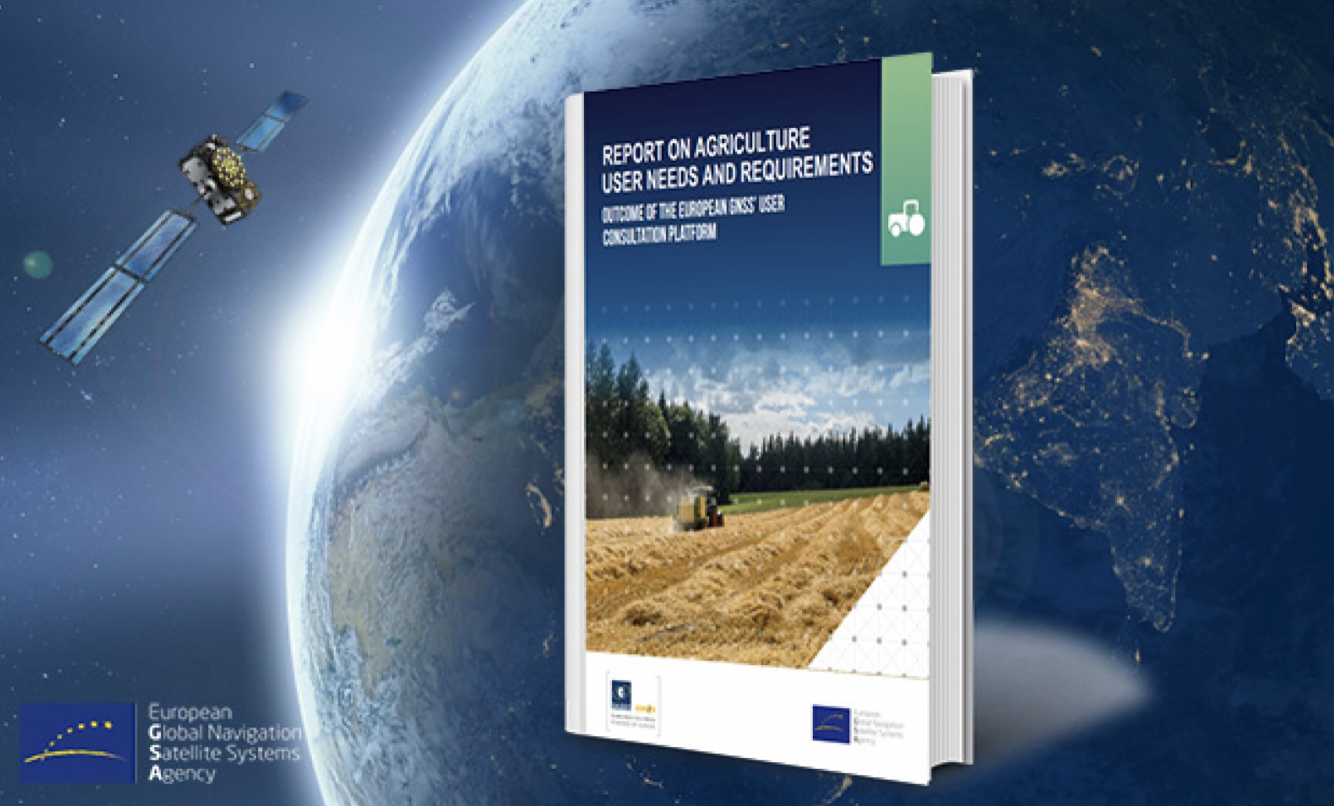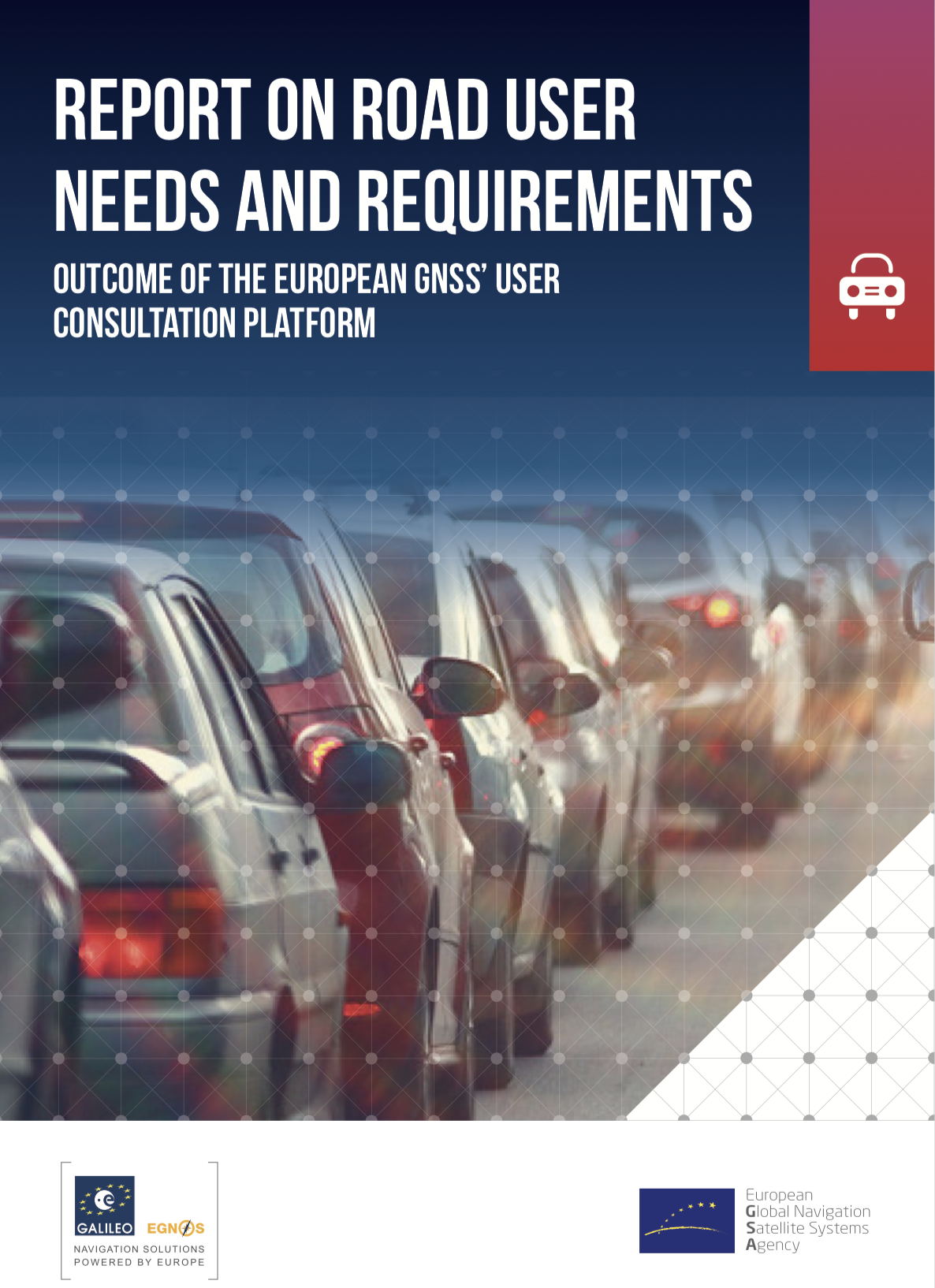Increased and more sustainable agricultural production, being central in addressing a number of important societal and economic challenges, strongly relies on GNSS-enabled solutions in a number of applications.
With this in mind, a recent report from the European GNSS Agency (GSA) highlights user needs and requirements in the Agriculture sector on position, navigation and timing (PNT) solutions from the strict user perspective and the market conditions, regulations, and standards that drive them.
The Report on Agriculture User Needs and Requirements, which is the outcome of the first EGNSS User Consultation Platform, includes an analysis of current and potential future market trends in the agriculture sector. It analyzes user requirements for applications in Precision Agriculture and agri-logistics and examines performance requirements by application.
Key Drivers, Challenges
GNSS user requirements in the agriculture sector are driven by a number of needs: increased profitability of agricultural operations, solutions targeted at small and medium-sized farms, and compliance with policy considerations related to agricultural subsidies. Technological drivers include significant improvements in high accuracy solutions, coupled with the increased availability of low-cost equipment and the combining of GNSS with other technologies in integrated farm management solutions.
Related reading: GSA Road Report Addresses PNT Growth, Requirements
Despite successful uptake rates for GNSS-driven solutions for agriculture, a number of technological, economic and awareness-related challenges need to be addressed if these solutions are to be mainstreamed, states the GSA. According to the report, these include developing solutions tailored to the reality of small and medium farms, smart solutions for integrated information management farming systems, further R&D on ways that new technologies can be leveraged and, finding appropriate mechanisms to include farmers and cooperatives in consultations on all of these aspects.
Based on these needs, the report presents a user requirement analysis across the different GNSS-enabled or supported applications used in agricultural activities. The analysis focuses on performance requirements and the specific potential of the relevant EGNSS service (EGNOS OS, EDAS, Galileo OS, and Galileo HAS) in meeting them.
EGNSS User Consultation Platform
This research fed into discussions at the EGNSS User Consultation Platform (UCP) in Marseille in December. The UCP is a periodic forum organized by the European Commission and the GSA, involving end users, user associations and representatives of the value chain, such as receiver and chipset manufacturers, application developers and the organizations and institutions dealing, directly and indirectly, with Galileo and EGNOS. The event is a part of the process developed at the GSA to collect user needs and requirements and take them as inputs for the provision of user-driven Galileo and EGNOS services.
The main work of the UCP was to be carried out in eight parallel panel sessions grouping users by market segment, with a dedicated session on agriculture.
This year, European Space Week also had a special session on Sustainable Land Management, which showcases various solutions that integrate Earth Observation with satellite navigation to help maximize the resilience of land systems and mitigate the effects of climate change.






